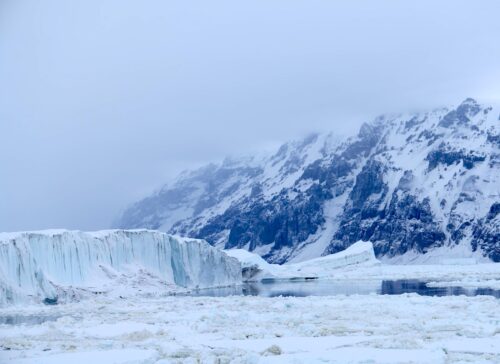
Like a zombie, the so-called “billion-dollar disasters” (BDD) tabulation is back. This week, the advocacy group Climate Central announced that it was the new home of the effort, formerly housed at the U.S. National Oceanic and Atmospheric Administration (NOAA). [emphasis, links added]
To much fanfare and media attention, Climate Central released its supposedly newly tabulated numbers for 2025 to date.
Remarkably, the shenanigans associated with the BDD are apparently continuing, as documented in this post. Fool me once…
Before getting to the shenanigans, let me emphasize that Climate Central is a proper home for “billion-dollar disasters,” because the tabulation has always been about promoting climate activism in the guise of science-like numbers.
Political advocacy is often full of dodgy claims, of course, and climate advocacy is no different.
Climate Central, the group that also brought us World Weather Attribution, is funded by the Bezos Earth Fund, among others. The group seeks to place the “existential threat” of climate change at the center of everything:
At Climate Central, we envision a world where public will to address the climate challenge is robustly deep, broad, and sustained—where it becomes a core element of culture everywhere.
The many problems with the “Billion-Dollar Disasters” tabulation have been discussed extensively here at THB and in the peer-reviewed literature, and won’t be revisited today.
This week does, however, bring a remarkable new twist in the saga, and perhaps even rise to the level of a new scandal.1
The Climate Central press release this week on their list of disasters so far in 2025 was dutifully and uncritically amplified by the New York Times, Washington Post, USA Today, and Time, among others.2
I took a look at the new 2025 tabulation and was surprised to discover that it simply copied loss estimates from Gallagher Re, a reinsurance company. You can see the near-identical numbers in the table below:

I can think of three possibilities here:
- Climate Central has simply plagiarized the numbers from Gallagher Re, and all its talk of “peer-reviewed” methods and dozens of carefully vetted public and private sector data sources are just a fiction.
- Climate Central and Gallagher Re are working together behind the scenes to launder the Gallagher Re loss estimates into the media from a supposedly “independent” source — again, meaning the Climate Central “methods” are just a veneer.
- A remarkable, fantastic, unbelievable coincidence that led to identical results from the two groups. Anyone familiar with disaster loss estimation methods will also understand that such a coincidence is about as likely as aliens landing on the White House lawn today.
That leaves plagiarism or conspiracy. Either way, Climate Central is playing us all for fools, and apparently, some are happy to take on that role. I am, of course, happy to publish a response from Climate Central and/or Gallagher Re about how they came to have the same numbers.
One final note — The architect of the Gallagher Re numbers is a one-time former collaborator of mine whom I called out in Forbes back in 2020 when he was at Aon for putting a very heavy thumb on Aon’s loss estimates. At the time, I concluded:
Whatever is going on here, it is clear that the Aon catastrophe dataset is not suitable for analysis of trends in losses, much less for academic research. Going forward, I will drop Aon data from my research and suggest that other researchers and the media exercise extreme caution in using it.
Not much has changed.
The Honest Broker is written by climate expert Roger Pielke Jr and is reader-supported. If you value what you have read here, please consider subscribing and supporting the work that goes into it.
Read rest at The Honest Broker


















